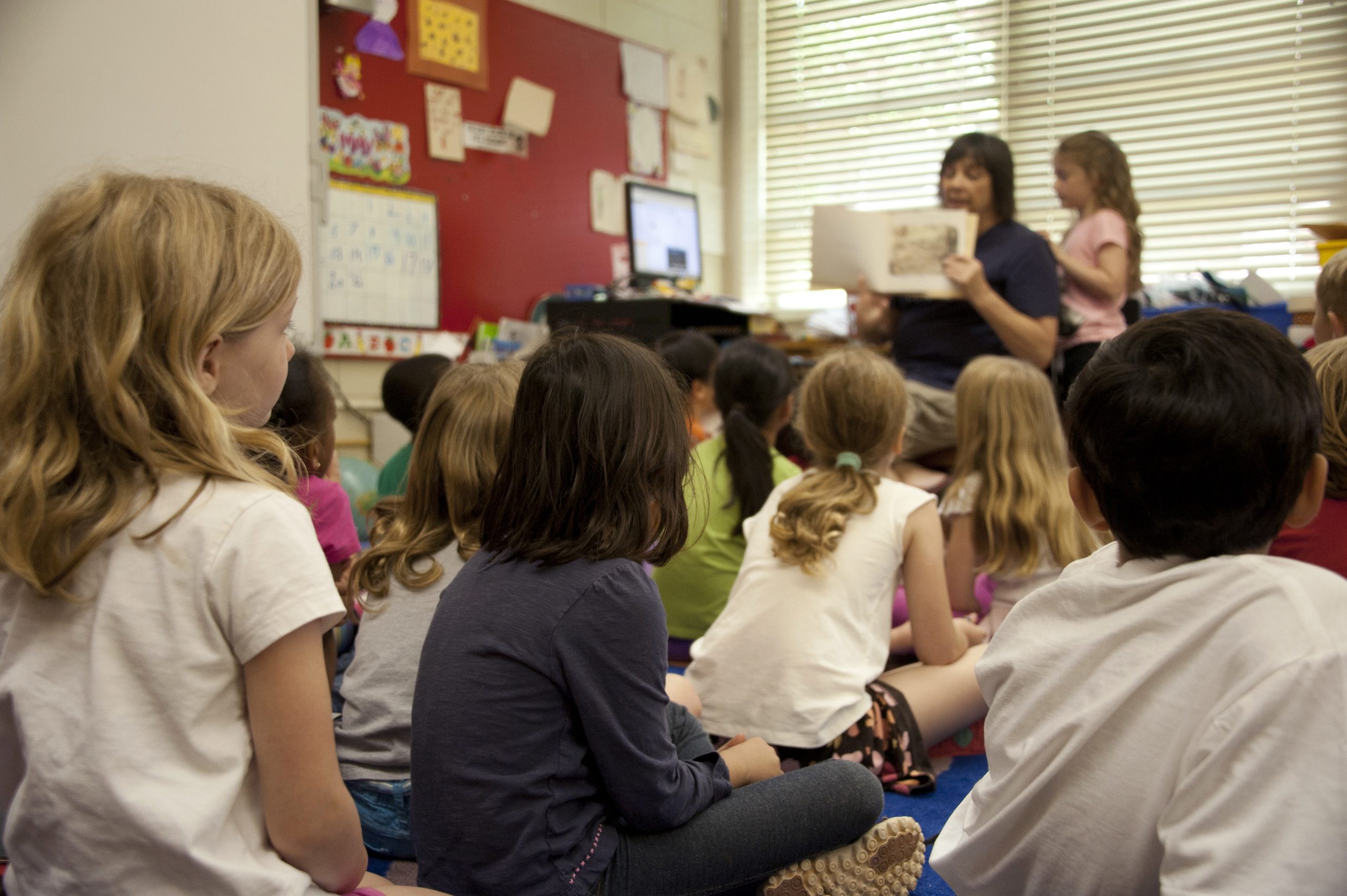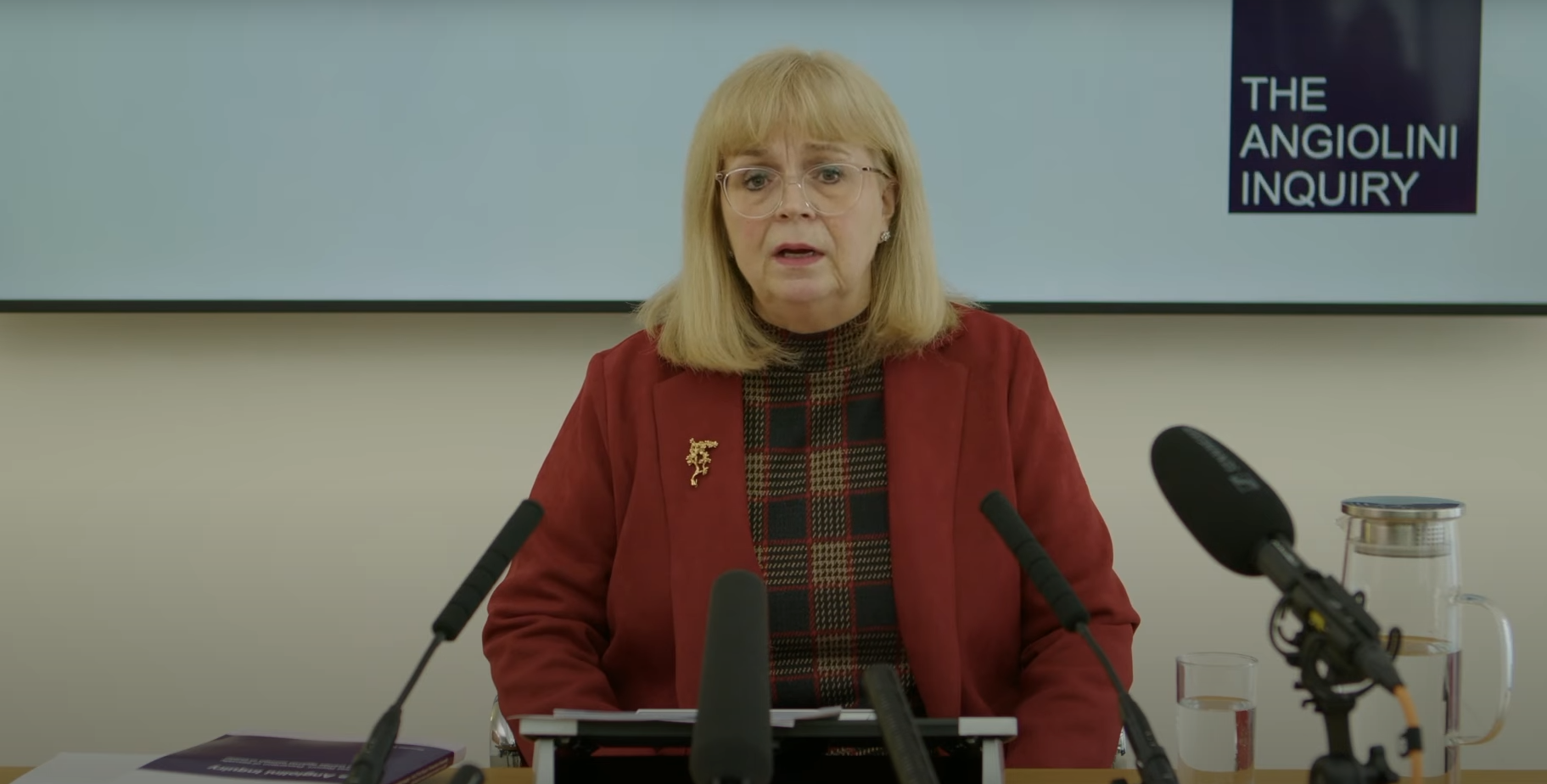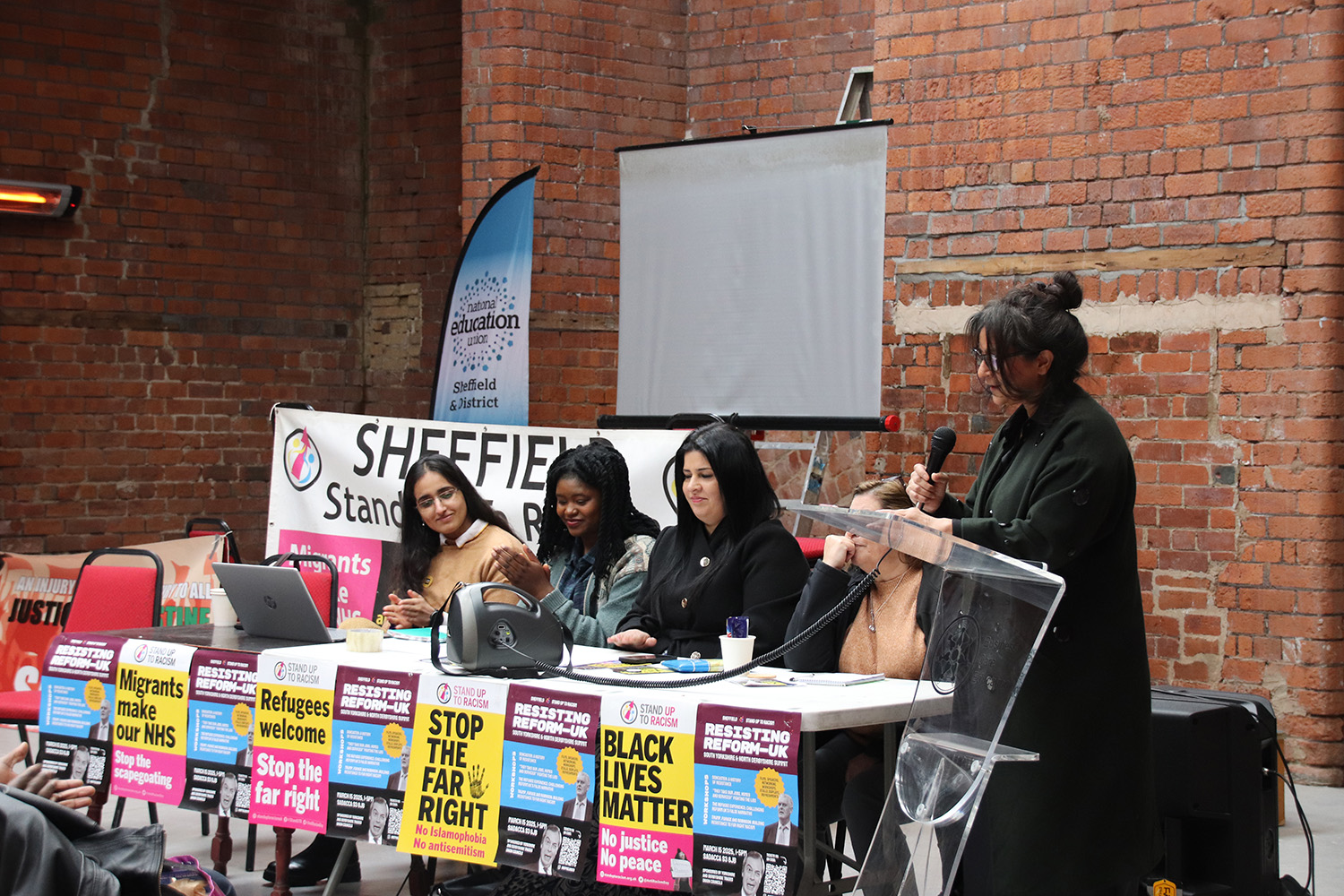Image: CDC on Unsplash
Today is the start of Boris Johnson’s long-awaited four-step plan to lifting lockdown in England, which will begin with the reopening of schools up and down the country. However, this plan has been met with a lot of criticism.
The Prime Minister’s four-step road map will measure the country’s progress against Covid-19 by reflecting on data every 4 weeks, followed by a week notice to be given to the public. The government will monitor the progress from evidence that jabs are reducing hospital admissions and deaths, and how efficiently the vaccine is being deployed. So far, 21.7million people in the UK (33% of the population) have received at least one dose of the vaccine and over a million people have been fully vaccinated.
From today, all primary and secondary pupils will return to school. Practical higher education courses can resume, as well as children’s outdoors sports and activities. The new rules also allow one designated visitor for people living in care homes and wraparound childcare. Next month, we can hope for the “rule of 6” to be reintroduced and organised outdoor sport for children and adults.
Two primary school teachers, Miss Sperling from Coventry and Ms Spiers from Southam, have been working throughout lockdown and dividing their time between online and face-to-face learning. Both teachers have shared their thoughts about going back to school full-time, with the consensus of “feeling ok” about the decision.
Throughout the pandemic, the government prioritised face-to-face teaching and had managed to keep schools open during the Autumn term. This was done even when all other non-essential businesses were forced to close, and people were told to stay at home unless “absolutely necessary”. According to JHU CSSE, there were only 1295 new positive Covid cases when schools opened in September 2020.
Despite surging cases leading up to the New Year and a new variant of the virus, the PM, known affectionately as ‘BoJo’, assured parents that children would return to school on the 4th of January 2021.
Within a day, he announced to the nation that he was ordering the closure of all schools and universities. A sensible idea as the spread of coronavirus in England was the worst it had ever been, with 68,000 positive covid cases.
Although, Miss Sperling shared her annoyance saying: “Getting told on Monday evening that you need to start doing remote learning from 9am the next day was ridiculous.”
On the 7th of March 2021, the recorded cases had dropped dramatically to a little over 5000; but is this still too high to reopen schools?
Ms Spiers said: “I’m ok with being back, as everyone will be in the same room and you can monitor what children are learning and how they are learning it.”
Whereas Miss Sperling joked: “The only thing I needed was to brush up on my teaching, after almost 3 months without teaching a full class.”
What risks and challenges will teachers face?
Miss Sperling believes the transition back to school will be quite smooth – implementing what they had learnt from the first lockdown.
She said: “My school had a bridging week at the start of the month. We invited children who are vulnerable or have Autism Spectrum Disorder, so they could get reaccustomed to school.”
There has been a lot of speculation over how schools will adhere to social distancing measures, many assuming that desks will be separated by Perspex screens and children will be forced to sit 2m apart. Ms Spiers explained that this in not the reality, with social distancing nearly impossible in primary schools.
“There is always a concern,” she said, “as you don’t know how safe children are being at home.”
Miss Sperling said: “I think no matter when the schools reopened, there would be some sort of risk,”
“The school I’m at is in a tiny village, so all of the children have been playing out with each other, which we can’t police as a school.”
What social distancing measures are in place?
In many schools, they have implemented a bubble system, meaning children can only interact with their classes. They have separate play times, eat in their classrooms, and have specific areas to play in at lunch.
Miss Sperling explained: “We also have each class entering the school in different places, using different gates,”
“The children have to wash their hands when they enter the building, before and after break, before and after lunch, and at the end of the day before they leave.”
She explained: “If children show any symptoms they are not to come to school and if they show symptoms at school they are to go in isolation until they are collected. Children are then not allowed back until the quarantine period is over or they get a negative test result.”
Research shows that while children are less susceptible to sickness from the virus than adults, they can spread it. However, evidence also suggests that schools did not play a part in the huge outbreaks we have experienced in the past. [sources]
Is it a good idea to reopen schools?
Ms Spiers believes that it is the correct decision to reopen schools. She explained that many children need a consistent and fair routine and some do not have the right learning environment at home.
However, she added: “I feel stringent lockdown restrictions should continue, to ensure the household routine is not adding more risk for school staff,”
“Teachers having vaccine priority would have also increased the safety of schools.”




